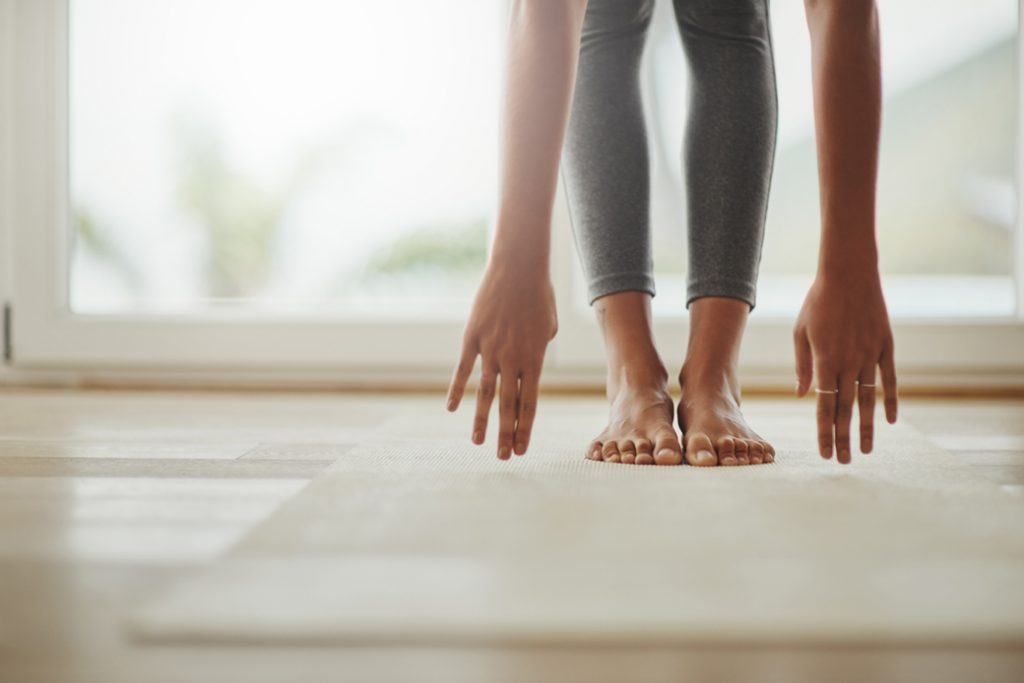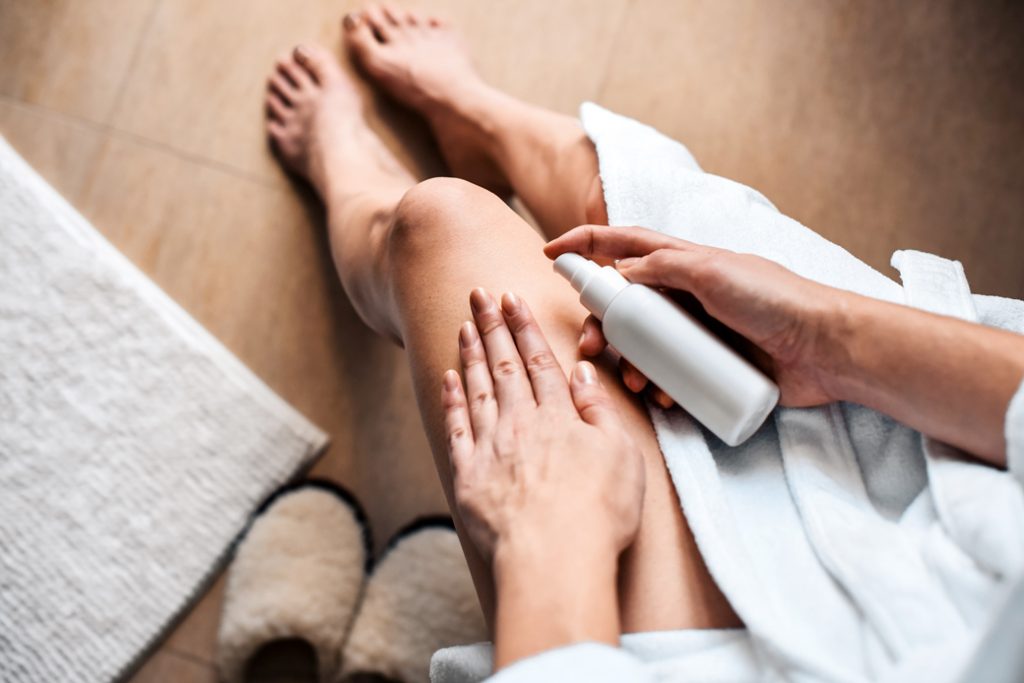Almost three-quarters of Canadian women aged 35 to 60 have experienced at least one symptom of chronic venous disease, a painful condition that happens when your leg veins stop flowing blood up to your heart properly.
Signs and symptoms of chronic venous disease can include heavy, painful, swollen legs and varicose veins, as well as discomfort during physical activity. If these symptoms sound familiar, this simple online assessment can help determine if you are at risk for chronic venous disease.
With so many of us at home right now, it’s important to develop some healthy habits to improve blood flow and help relieve those signs and symptoms:
1. Move your body
Sitting for too long can affect circulation in your legs and aggravate chronic venous disease symptoms. The warmer weather means it’s a great time to take a walk outside to improve blood flow. And if getting outside isn’t an option, try to get up and walk around at least five to ten minutes every hour. You could even develop an at-home exercise routine—many gyms are offering free video workouts, while there are also lots of free videos and options for all abilities available online.

2. Go ahead, put your feet up
After a long day in isolation spent working, cooking, cleaning or exercising, it definitely feels good to put your legs up and relax. Good news is, elevating your legs on a stool or ottoman can help reduce swelling and help increase blood flow – so be sure to take a load off once you’re done being active!

3. If you’re standing all day, take frequent breaks
Of course, not everyone is working from home. Many Canadians are still out there doing jobs that require being on your feet most of the day. Standing for long periods can cause blood to pool in the legs and increase pressure on the veins, so if you’re still on your feet at work, remember to take seated breaks as frequently as possible.

4. No spa? No problem!
This is when the self-care you’ve been reading about comes into play! Grab your favourite bottle of moisturizer and massage your legs, going from the foot to the thigh (the direction of the venous circulation). This promotes increased blood flow in your veins and can help relieve symptoms of chronic venous disease like swelling, cramps and the feeling of heaviness.

5. Grab a snack—but keep it healthy
Nutrition is also very important in managing chronic venous disease symptoms. Salty foods can lead to greater water retention (the buildup of fluids in your body), putting excessive pressure on the veins. Where possible, reach for fruits and vegetables when snacking, as they contain helpful vitamins, antioxidants and nutrients.

Overall, bear in mind that it’s important to address the source of chronic venous disease for better long-term symptom management. Venixxa, a convenient, over-the-counter treatment is available to complement lifestyle changes and helps relieve signs and symptoms of mild-to-moderate chronic venous disease in just four weeks., No one should suffer the uncomfortable symptoms of chronic venous disease in silence, Venixxa is available online and at your local pharmacy, click here to learn more and for where to buy.

